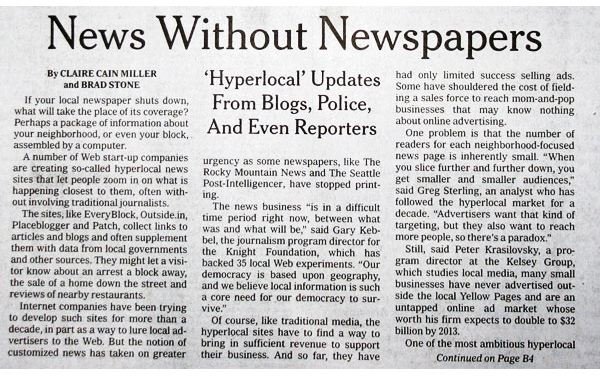
Inferences, however, remained sound: the misdirection was blatant enough that readers were aware of it and proceeded to correct their impressions accordingly. That is, the parts that were in line with the headline, such as a declining burglary rate, were easier to remember than the opposing, non-headlined trend. In the case of the factual articles, a misleading headline hurt a reader’s ability to recall the article’s details. The headline, it turns out, had done more than simply reframe the article. In this case, it read either “GM foods may pose long-term health risks” or “GM foods are safe.” Each participant read all four articles. The headline focussed on one of the two sides. The opinion pieces pitted the thoughts of an expert against those of a layperson-for instance, one piece contrasted a citizen’s concerns about the safety of genetically modified food with the opinion of a scientist from the fictional company Organic Food Science Australia. The accompanying headline highlighted either the smaller or the larger of the two trends: “Number of burglaries going up” and “Downward trend in burglary rate,” respectively. The slight rise, the article pointed out, was an anomalous side note the longer trend was what was important. (He had his subjects read a total of four articles-two factual, two opinion.) One factual article, for instance, talked about a change in burglary rates over the last year-a rise of 0.2 per cent-that ran counter to a ten-per-cent decline over the past decade.
BIAS BY HEADLINE EXAMPLES SERIES
In a series of studies, out this month in the Journal of Experimental Psychology: Applied, Ecker had people in Australia read either factual or opinion pieces, where the only shifting variable was the headline. This time around, he wanted to see how nuance and slight misdirection would work. In Ecker’s prior work, he had looked at explicit misinformation: when information that’s biased influences you, no matter what you’re subsequently told. It’s these sorts of misleading maneuvers that Ullrich Ecker, a psychologist and cognitive neuroscientist at the University of Western Australia, was pondering when he decided to test how slight-and slightly misleading-shifts in headlines can affect reading. But, as it turns out, reading the piece may not be enough to correct the headline’s misdirection. Caveats don’t fit in single columns, and, once people are intrigued enough to read the story, they’ll get to the nuances just the same. It is easy to understand a decision to run that sort of opening. Instead, it reported that pollution was a leading “environmental” cause other causes, like smoking, are still the main culprits. The article, however, said no such thing, or, rather, not exactly. “Air pollution now leading cause of lung cancer,” ran a headline last year in the U.K. If I had instead called it “Why We Need Eight Hours of Sleep,” people would remember it differently.Īs a result of these shifts in perception, problems arise when a headline is ever so slightly misleading. But it does likely prompt a focus on one specific part of the piece. For instance, the headline of this article I wrote-”A Gene That Makes You Need Less Sleep?”-is not inaccurate in any way. By its choice of phrasing, a headline can influence your mindset as you read so that you later recall details that coincide with what you were expecting. By drawing attention to certain details or facts, a headline can affect what existing knowledge is activated in your head. And just as people can manage the impression that they make through their choice of attire, so, too, can the crafting of the headline subtly shift the perception of the text that follows. Psychologists have long known that first impressions really do matter-what we see, hear, feel, or experience in our first encounter with something colors how we process the rest of it. A headline can tell you what kind of article you’re about to read-news, opinion, research, LOLcats-and it sets the tone for what follows.

The headline frames the rest of the experience. But, more interesting, a headline changes the way people read an article and the way they remember it. By now, everyone knows that a headline determines how many people will read a piece, particularly in this era of social media. And, actually, the one that we picked may be the most important part of this article.

Those are all possible titles for this piece that I discussed with my editor. “Why Headlines Matter.” “Misleading Headlines Can Lead You Astray.” “How What You Read Affects What You See.” “How Bad Headlines Make Bad Memories.” “Eleven Reasons Headlines Are Important.” “You’ll Never Believe How Important an Accurate Headline Is.”


 0 kommentar(er)
0 kommentar(er)
